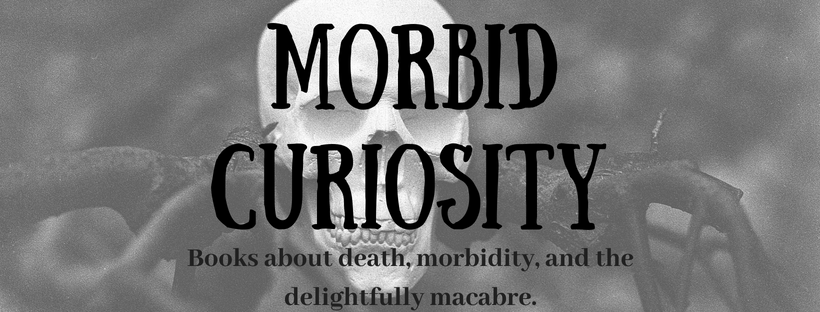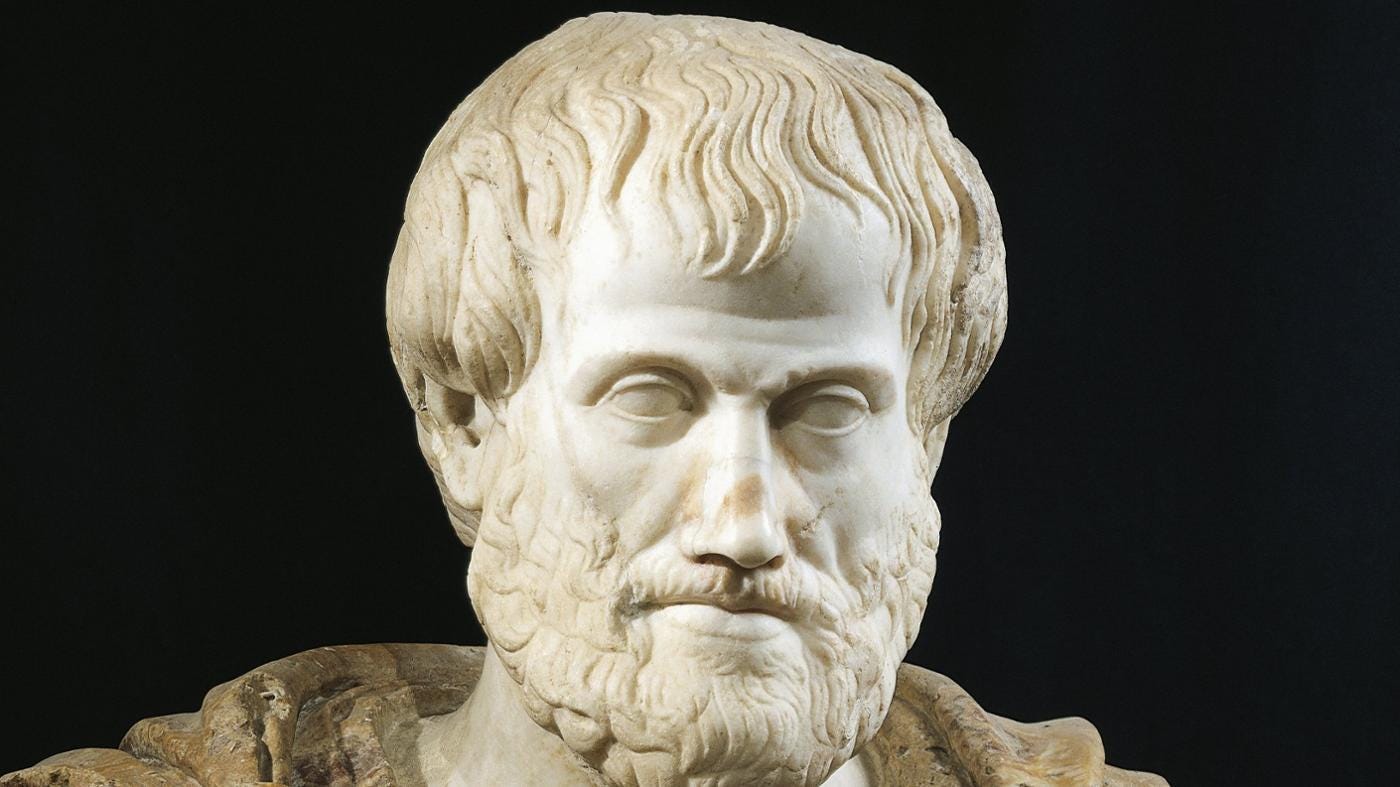
Ever wonder what it’s like to work in a morgue? Want to know what uses science has for human cadavers? You might have a case of what’s been dubbed “morbid curiosity,” or a fascination with the macabre. Inspired by this month’s Get Lit! Book Club pick, here are a few morbidly curious nonfiction titles that approach death from a unique, fresh perspective.
Stiff: The Curious Lives of Human Cadavers by Mary Roach
The book that inspired this list, Stiff details the torrid relationship between science and human cadavers, from its origins in grave-robbing to today’s university owned “body farms.” This book is not Mary Roach’s first foray into the more macabre aspects of science, and her expertise in making the subjects approachable and fun is quite clear. Fans of this book will be glad to hear that she has several other in the same vein, including books on the science behind war, the void of space, digestion, and the afterlife.
Smoke Gets in Your Eyes: & Other Lessons from the Crematory by Caitlin Doughty
Caitlin Doughty is not your average twenty-something. Instead of going a more traditional route after college, Doughty decided to indulge her morbid curiosity and start working at a crematory. Now a licensed mortician with her own practice, Doughty intersperses hilarious anecdotes from her years working with the deceased with the answers to questions many of us are too afraid to ask, and compels readers to change the way they think about dying.
The Devil and Sherlock Holmes: Tales of Murder, Madness, and Obsession by David Grann
This collection of twelve tales by David Grann, who originally published each of the true stories in the New Yorker, delves into what it means to be obsessed. The title is pulled from a particular story in which a man’s erratic obsession with Sherlock Holmes and Sir Arthur Conan Doyle eventually leads to his untimely demise. For fans of The Lost City of Z, this book features Grann’s signature writing style mixed with tales that will appeal to readers’ interest in the macabre.
Working Stiff: Two Years, 262 Bodies, and the Making of a Medical Examiner by Judy Melinek
Judy Melinek has worked as a forensic pathologist in New York City for over fifteen years. She has performed autopsies and death investigations through every New York catastrophe, from September 11 to the anthrax attacks to the crash of American Airlines flight 587. In this book, Melinek details the funny, morbid, and challenging aspects of being a medical examiner, and reveals what is fact and fiction about the morgue stereotypes portrayed by decades of police procedural television dramas.
The Butchering Art: Joseph Lister’s Quest to Transform the Grisly World of Victorian Medicine by Lindsey Fitzharris
Medical practices in the Victorian age were shockingly brutal, including a lack of anesthesia, rampant infection, and entire theaters dedicated to the live viewing of surgeries. In this brutal climate, Joseph Lister began to hypothesize about sterilization and germs, eventually making discoveries that revolutionized the medical profession. In incredible detail, this book uncovers both the grisly past of Victorian medicine and the incredible changes Joseph Lister was able to bring to the profession.
Mortuary Confidential: Undertakers Spill the Dirt by Todd Harra and Ken McKenzie
As opposed to the stories of just one mortician, this book features a compilation of greatest hit anecdotes from undertakers across the United States. From hilarious experiences with corpses to dramatic encounters with families and funerals, these morticians have stories that will make you laugh, cry, and grimace. This book is a must read for fans of Smoke Gets in Your Eyes and Stiff.
Death’s Acre: Inside the Legendary Forensic Lab The Body Farm Where the Dead Do Tell Tales by Dr. Bill Bass and Jon Jefferson
Have you ever wondered how forensic pathologists know how the human corpse reacts to so many different scenarios? The answer is simple: body farms. Body farms are places, often run by universities, where cadavers donated to science are put through a variety of stressors to see the different ways decomposition can set in. This book reveals the secrets behind one of the first body farms, and all that goes into running such a bizarre science experiment.
The Immortal Life of Henrietta Lacks by Rebecca Skloot
This bestselling book reveals the never-before-told story of Henrietta Lacks, a poor black tobacco farmer whose cells, gathered in 1951, helped science discover the polio vaccine, explore cloning, and even further the field of gene mapping. The twist? Henrietta never knew her cells were taken, and was never compensated or credited for her incredible impact on the world of medicine and genetics. Now an HBO film starring Oprah Winfrey, The Immortal Life of Henrietta Lacks is crucial to understanding the history of genetics.
The Invention of Murder: How Victorians Revelled in Death and Detection and Created Modern Crime by Judith Flanders
With stories like Sweeney Todd and Jack the Ripper, it may seem that murder was rampant in Victorian England. In reality, murder was rare; it was the publicity and sensationalization of murder that swept through British society. This interesting book explains how the Victorian obsession with murder created the first of detective fiction, and some of the most famous Gothic stories literature has to offer.
Advice for Future Corpses and Those Who Love Them: A Practical Perspective on Death and Dying by Sallie Tisdale
Written by a nurse, this book examines the idea of death, both in witnessing it and experiencing it. As stated by the title, we are all future corpses, and Sallie Tisdale hopes to make that transition as easy for us as possible. With an even mix of humorous and emotional anecdotes, Tisdale investigates what death truly means for us, and how we should approach it.
 Bonus: A Museum for the Morbidly Curious at Philadelphia’s Mütter Museum
Bonus: A Museum for the Morbidly Curious at Philadelphia’s Mütter Museum
If you feel in the mood for a bit of a road trip, the Mütter Museum in Philadelphia is world-renowned for its collection of medical oddities. From surgically removed tumors to a wall of real human skulls, this museum, owned by the College of Physicians in Philadelphia, has just about every medical oddity on display.
 The Origin of Morbid Curiosity
The Origin of Morbid Curiosity
Many scholars trace the idea of morbid curiosity back to the Ancient Greek philosopher Aristotle, who wrote in Poetics in 322 B.C.E. that the immensely tragic Greek plays allowed people to “enjoy contemplating the most precise images of things whose sight is painful to us.”